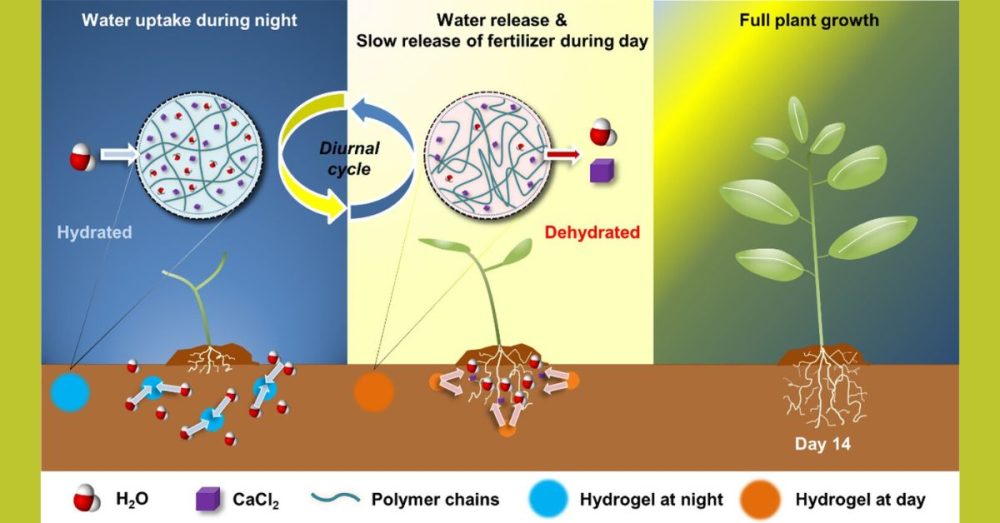Nicole Shanahan, Robert F. Kennedy Jr.’s vice presidential running mate, recently spoke about soil at a campaign stop in Austin.
She argued that soil is the root of America’s chronic disease problem, highlighting the overuse of chemicals and the lack of regenerative agricultural practices. These things, she said, deplete the soil, cause disease, and deprive Americans of nutrients, reported The Dallas Express.
She could hardly have known at the time that she had chosen just the right place to speak about the topic.
A new technology that may dramatically change farming relies on a material created by scientists at The University of Texas at Austin.
One of the world’s leading research universities, the school was recently ranked the best in the state and 14th in the country, as reported by The Dallas Express. The school has an internationally distinguished faculty, including winners of the Nobel Prize, Pulitzer Prize, National Medal of Science, Wolf Prize, and countless other awards. The school has more than 200 dedicated research units and centers.
The news is just one of many breakthroughs coming out of UT Austin.
On Tuesday, the school reported on the impact its hydrogel material is having on new smart soil systems. Here’s the start of the story:
A newly engineered type of soil can capture water out of thin air to keep plants hydrated and manage controlled release of fertilizer for a constant supply of nutrients.
Underpinning this exciting smart soil system is a hydrogel material developed by researchers at The University of Texas at Austin. In experiments, the hydrogel-infused soil led to the growth of larger, healthier plants, compared to regular soil, all while using less water and fertilizer.
“This new gel technology can reduce the burden on farmers by decreasing the need for frequent irrigation and fertilization,” said Jungjoon Park, a graduate student in the Walker Department of Mechanical Engineering and who led the research. “The technology is also versatile enough to be adopted across a wide range of climates, from arid regions to temperate areas.”
The research was published recently in ACS Materials Letters.


